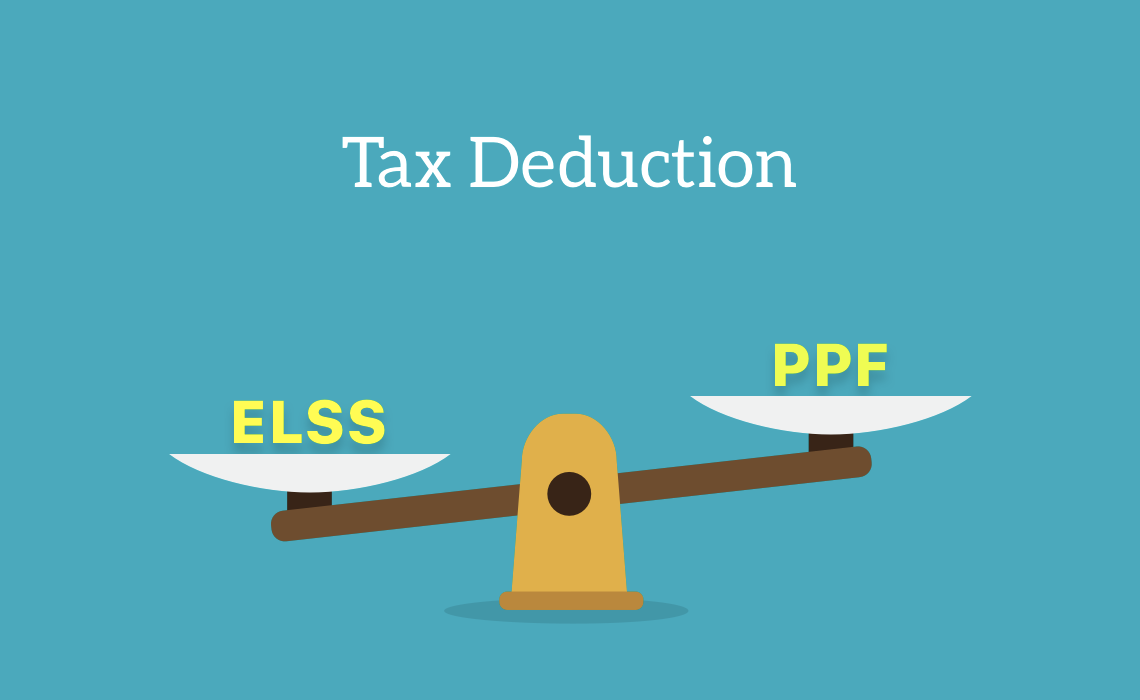
The Public Provident Fund (PPF) scheme of 1968 has been one of the most popular tax-saving investments in the country, after all, this scheme provides a guaranteed rate of return and returns on these investments are tax-free and interest is compounding. But there are certain drawbacks to this investment, firstly, the lock-in period for this type of an investment is a minimum of 15 years, secondly, even though there is a guaranteed rate of return on your investment, this rate of return is not suitable if your financial target is large. After the maturity of the fund in 15 years, an investor may choose to extend the investment in blocks of 5 years and a partial withdrawal of funds is allowed during the extended period to meet income needs. This investment is suitable for investors who have a very low-risk appetite and are looking to make regular returns over a long period of time, but if the target amount is very high this is not a suitable investment as the returns are relatively modest when compared to other schemes like Equity Linked Saving Schemes (ELSS). As of October 2018, the interest rate being offered on PPF is 8% per annum, this rate is revised every three months.
Calculate returns with Piggy online PPF calculator.
Equity-linked Saving Schemes (ELSS) are equity-linked mutual funds with a 3-year lock-in period, the shortest lock-in period among any tax-saving investment scheme. ELSS funds are dependent on the performance of the equity market, but the rate of return is usually considerably higher (between 12% to 16%) when compared to any other tax-saving investments, this high rate of return also helps you counteract the effects of inflation on your income. Most fund managers recommend that an investor keeps their investment locked-in for a period longer than 3 years to see the benefits of compounding returns. Risks associated with mutual funds can be mitigated to a large extent by diversifying one’s portfolio across multiple stocks. ELSS are suitable for investors who want to see high returns on their tax-saving investments but are ready to take the risk of not being guaranteed a fixed rate of return.


 Make small investments for bigger returns.
Make small investments for bigger returns.

